G-300 – Glass Oven
The multipurpose solution for small samples
Introducing the Glass Oven G-300, BUCHI’s all-in-one instrument for small samples. With interchangeable accessories, the Glass Oven G-300 can perform distillation, drying, sublimation, and freeze-drying, eliminating the need for multiple large instruments. Its compact size even allows placement in a glovebox, ensuring the safe handling of air-sensitive samples.
| Characteristics |  Glass Oven G-300 Kugelrohr Glass Oven G-300 Kugelrohr |
 Glass Oven G-300 Unit Glass Oven G-300 Unit |
 Glass Oven G-300 Drying Glass Oven G-300 Drying |
| Volume | 5-40 mL (flaks size) | – | up to 250 mL (sample volume) |
| Adjustable angle | 0-90° | 0-90° | 0-90° |
| Rotation speed | up to 100 rpm | – | – |
| Temperature regulation range | up to 300°C | up to 300°C | up to 300°C |
Distillation
Perform simple and fractional distillations of small liquid volumes. It uses a bulb-to-bulb method for condensation outside the oven. Extend the number of bulbs by up to four to match the mixture’s components. For low-boiling substances, a cooling tray can be filled with a cooling agent.
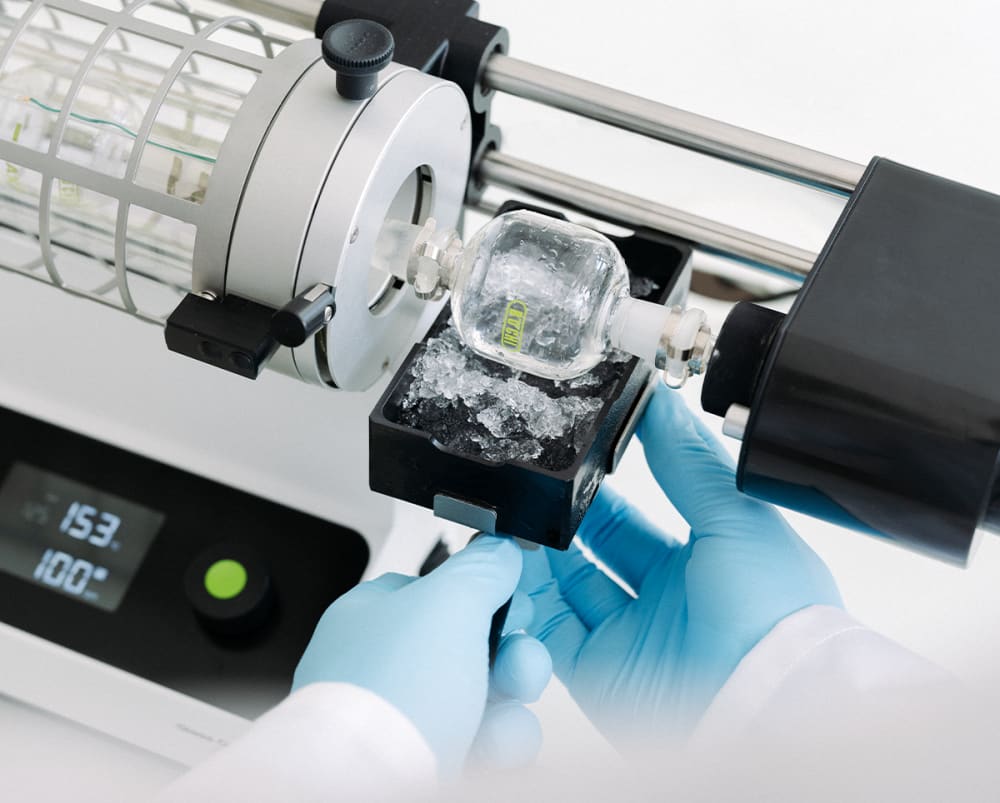
Drying
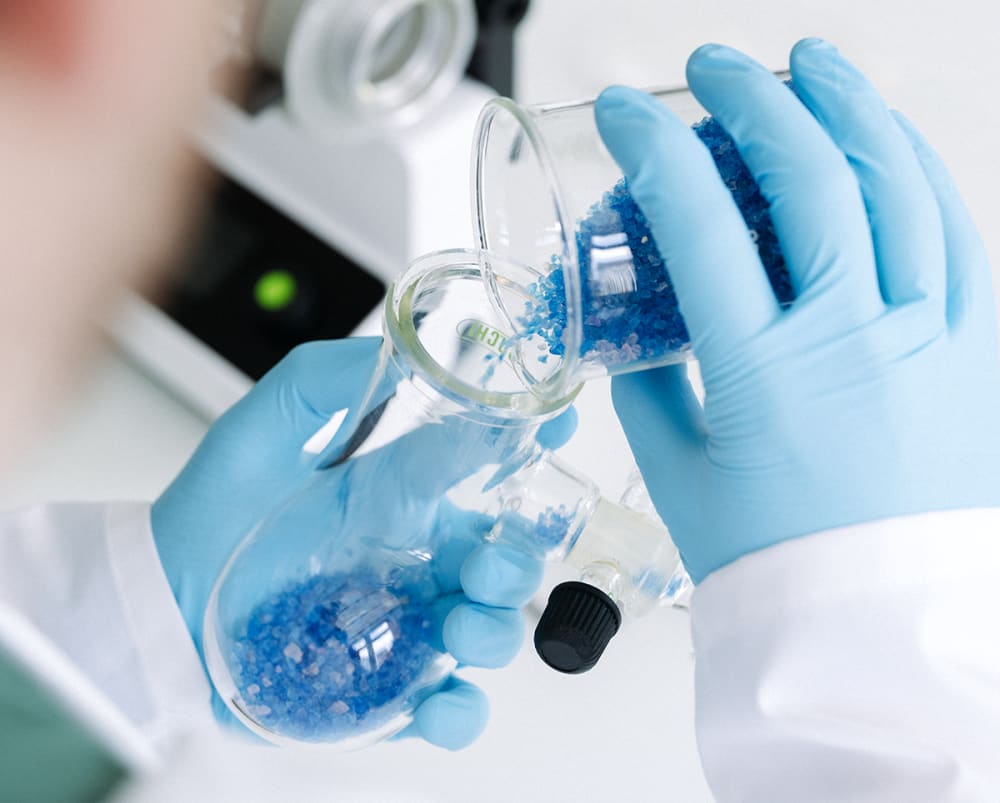
Some samples form a hard surface layer, drastically increasing the drying time. To avoid this, use the rotation drying flask to keep the sample in constant rotation.
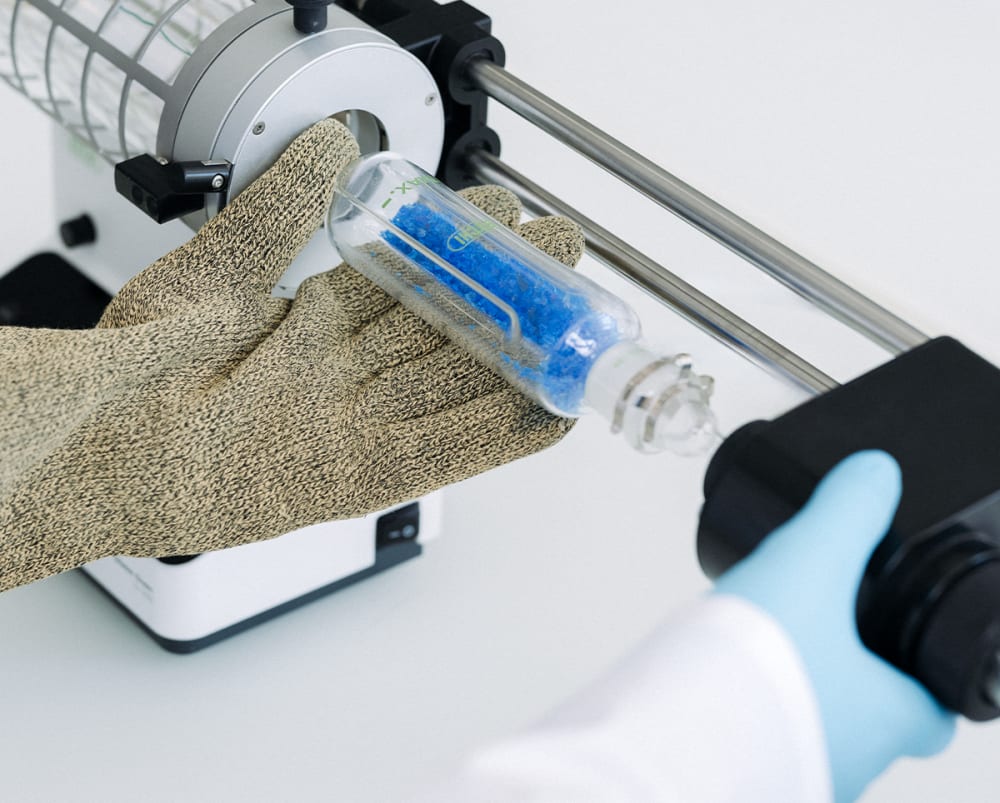
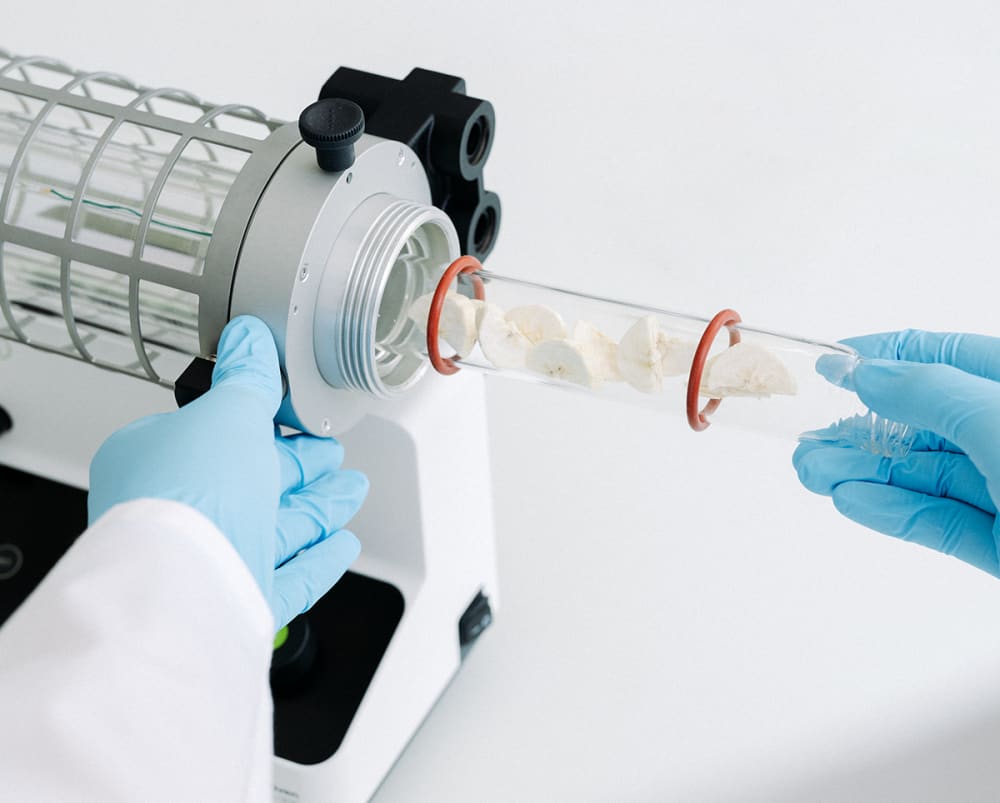
Sublimation is the direct transition of a substance from a solid to a gas, bypassing the liquid phase. It yields exceptionally pure products without requiring additional solvents. To perform this method, add the sublimation accessory.

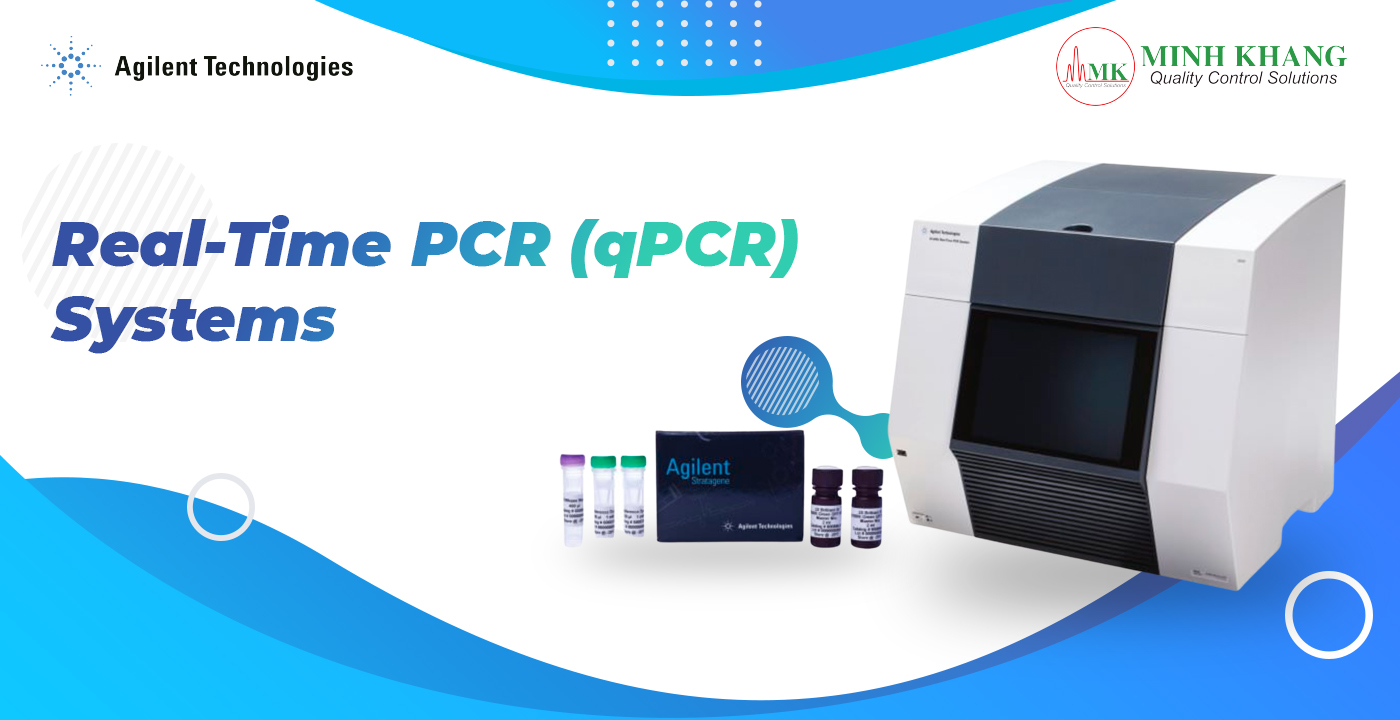

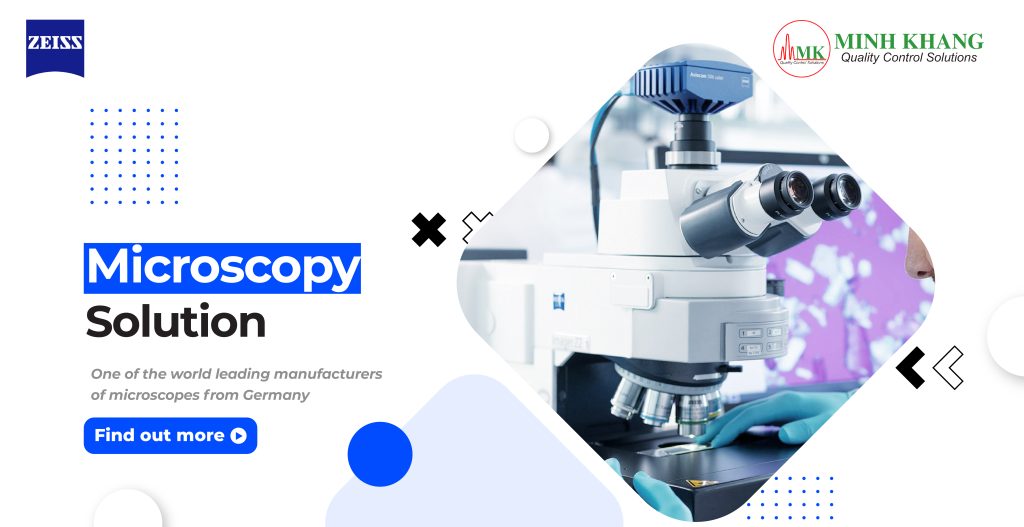
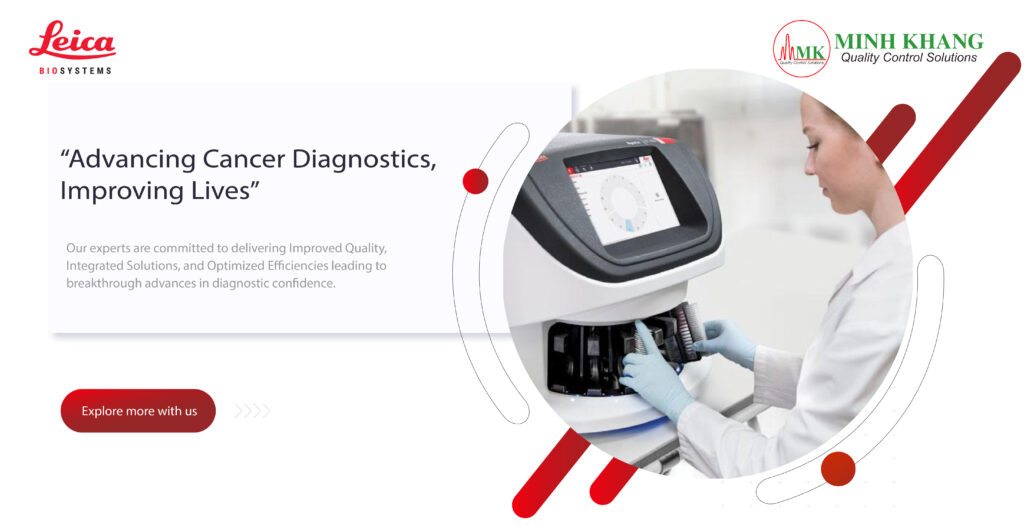




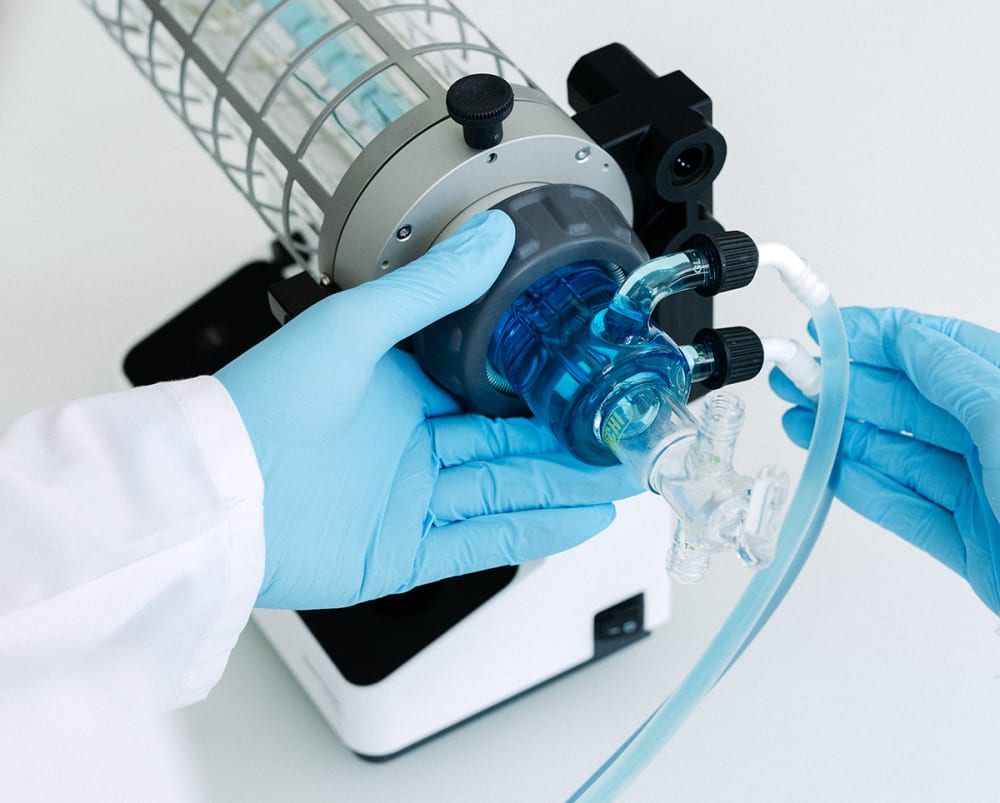
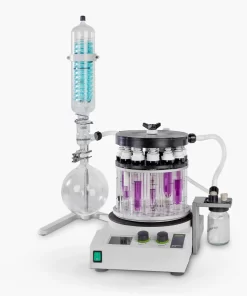
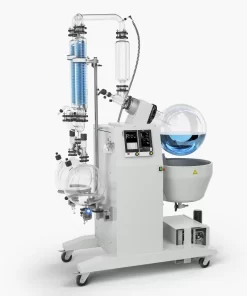
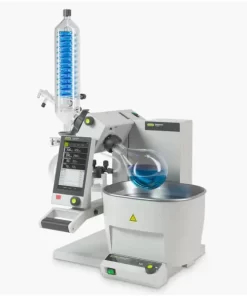
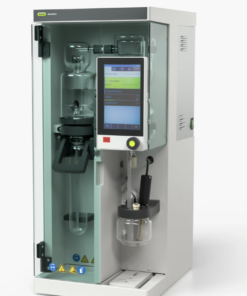
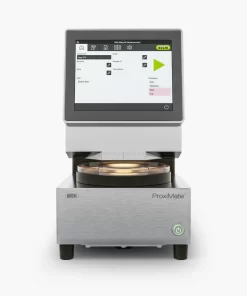

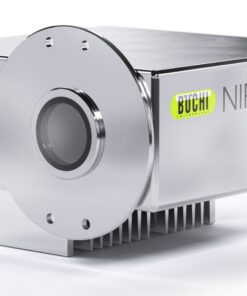
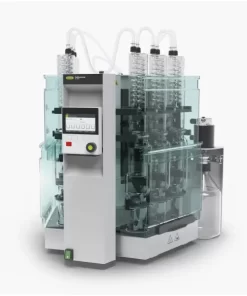
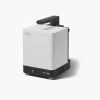

 VI
VI